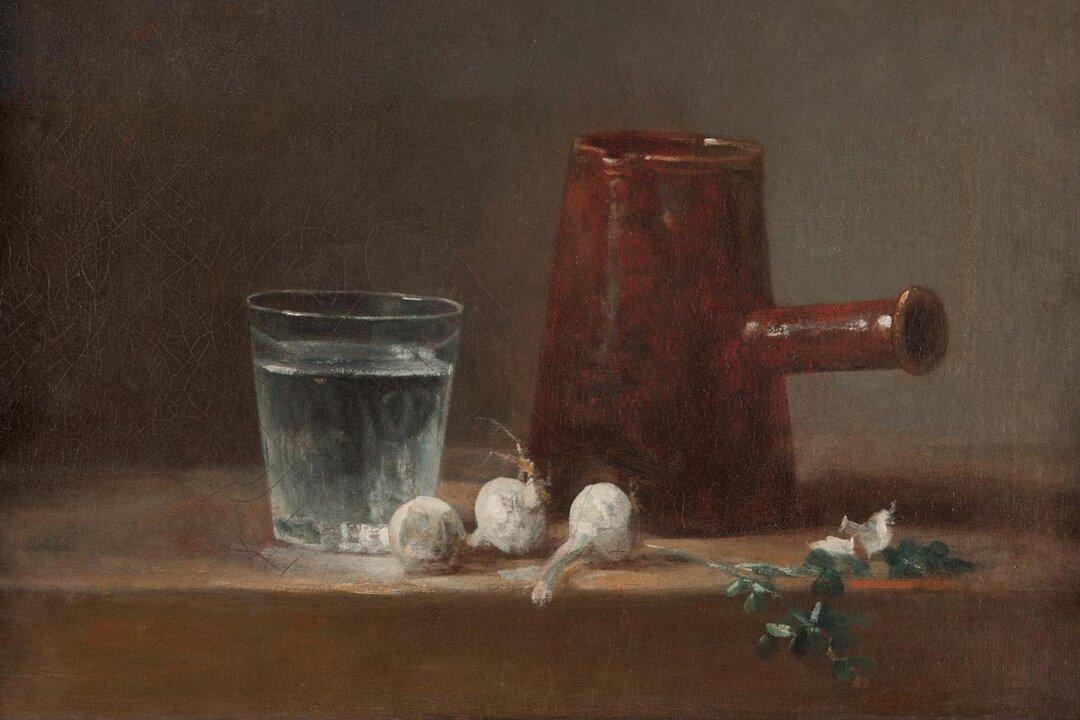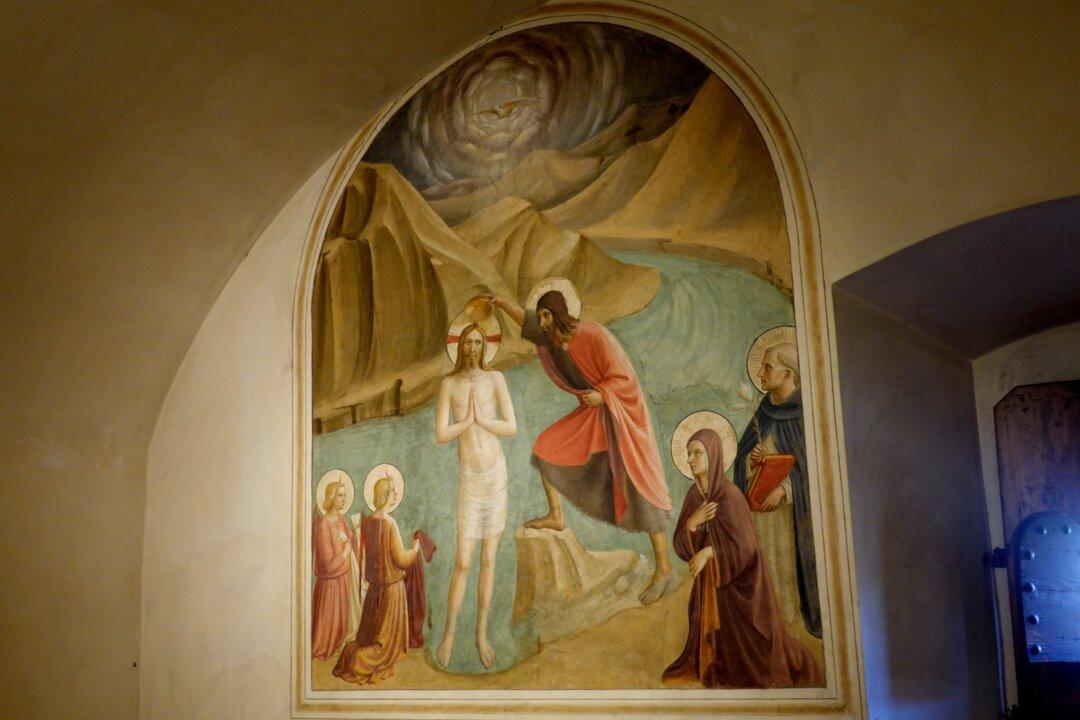Experiencing a painting of Jean-Siméon Chardin’s (1699–1779) is like warming your hands at a hearth. A Chardin enchants, drawing you into its contemplative world through the senses. The visual world expressed on canvas is so absorbing that you can hear its white noise, smell its aromas, and sense its stillness.
Denis Diderot, the 18th-century art critic, wrote about his experience at the Salon of 1767: “One stops in front of a Chardin as if by instinct, just as a traveler exhausted by his trip tends to sit down, almost without noticing it, in a place that’s green, quiet, well-watered, shady, and cool.” Diderot is not alone in commenting on the intuitively immersive spirit of Chardin’s paintings. Viewers of his art from the 18th century until today characterize Chardin’s oeuvre as a threshold to inner life.






